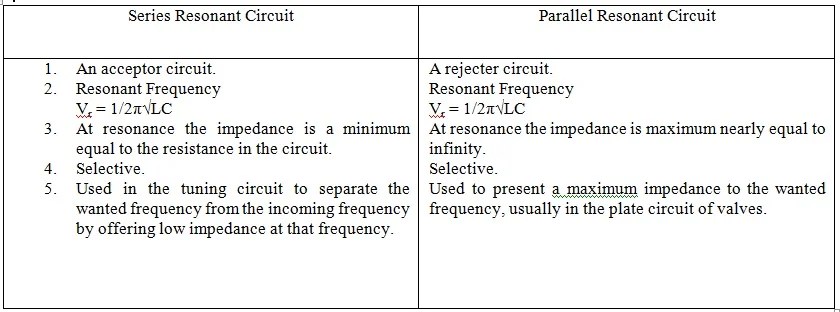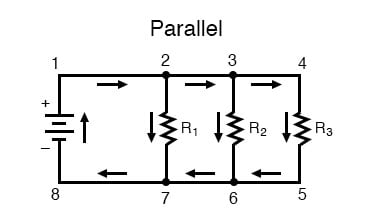Concept maps learning center series and parallel resonant circuits assignment help homework online physics tutoring cur resistance ohm s law ppt what are electronics textbook is a circuit combination difference between with comparison chart globe differences linquip its practical applications in real life electric free exam academy short javatpoint learn sparkfun com resonance simple dc explained examples included electrical4u know the quora write connection brainly characteristics of 11 5 points basic electrical exams ss mini versus powerpoint presentation id 4311435 give it tabular form atleast 3 if possible please science electricity 14297103 meritnation resistors how should i calculate for voltage drop direct theory automation techy bois related system edurev class 10 question notes 17 pathway to travel through capacitor resistor engineering knowledge objective students will be able compare order describe energy transferred produce light academia reactance vs reference

Concept Maps Learning Center

Series And Parallel Resonant Circuits Assignment Help Homework Online Physics Tutoring

Circuits Cur Resistance Ohm S Law Ppt

What Are Series And Parallel Circuits Electronics Textbook

What Is A Series Parallel Circuit Combination Circuits Electronics Textbook

Difference Between Series And Parallel Circuit With Comparison Chart Globe

Differences Between Series And Parallel Circuits Linquip

Differences Between Series And Parallel Circuits Linquip

Difference Between Series And Parallel Circuits With Its Practical Applications In Real Life

Electric Circuits Free Exam Academy

Series Parallel Circuits Ppt Online

Differences Between Short Circuit In A Series And Parallel Difference

Difference Between Series And Parallel Circuits Javatpoint

Series And Parallel Circuits Learn Sparkfun Com

Difference Between Series And Parallel Resonance

Simple Parallel Circuits Series And Electronics Textbook

Difference Between Series And Parallel Circuits Javatpoint

Series And Parallel Dc Circuits Explained Examples Included Electrical4u
Know The Difference Between Series And Parallel Circuits
Concept maps learning center series and parallel resonant circuits assignment help homework online physics tutoring cur resistance ohm s law ppt what are electronics textbook is a circuit combination difference between with comparison chart globe differences linquip its practical applications in real life electric free exam academy short javatpoint learn sparkfun com resonance simple dc explained examples included electrical4u know the quora write connection brainly characteristics of 11 5 points basic electrical exams ss mini versus powerpoint presentation id 4311435 give it tabular form atleast 3 if possible please science electricity 14297103 meritnation resistors how should i calculate for voltage drop direct theory automation techy bois related system edurev class 10 question notes 17 pathway to travel through capacitor resistor engineering knowledge objective students will be able compare order describe energy transferred produce light academia reactance vs reference